Peningkatan Hasil Belajar Materi Penjumlahan Pecahan dengan Pendekatan Konstruktivisme
DOI:
https://doi.org/10.46963/mpgmi.v7i1.211Keywords:
Learning outcomes, Constructivism, MathematicsAbstract
The study aimed to answer how the Constructivism approach can improve students' learning outcomes of adding fraction material in fourth-grade students of Madrasah Ibtidayah Tukangan, Ampel District, Boyolali Regency, Academic Year 2015/2016. This Classroom Action Research was carried out in two cycles. Each cycle has four stages, namely planning, implementing, observing, and reflecting. The data collection methods used were post-test observation sheets and documentation. The findings of this study revealed that the implementation of the Constructivism Approach can improve students' mathematics learning outcomes in adding fractions. This increase occurred from the first, and second cycles with the results of the Pre-test and Post-test have increased. In the first cycle, the mean score of the pre-test was 61.67, while the post-test was 68.88. In the second cycle, the mean score of the pre-test was 75, and the post-test was 88.89. Therefore, the mean score of pre-test, and post-test was increased by 13.89 or 22.23%. The increase of the mean score on the Pre-test and Post-test showed that the Constructivism approach can improve student learning outcomes.
Downloads
References
Arikunto, Suharsimi. (2010). Prosedur Penelitian Suatu Pendekatan Praktik. Jakarta: Rineka Cipta.
Chotimah, H. (2018). Peningkatan Hasil Belajar Siswa Melalui Pembelajaran Konstruktivistik Pada Materi Sistem Gerak di SMKN 13 Kota Malang. Pionir, 1(1), 44-50. http://dx.doi.org/10.33477/bs.v2i1.145.
Dzamarah, S. B. (2010). Guru dan Anak Didik dalam Interaksi Edukatif; Suatu Pendekatan Teoritis Psikologis. Jakarta: PT. Rineka Cipta.
Heruman.(2010). Model Pembelajaran Matematika di Sekolah Dasar. Bandung. PT Remaja Rosdakarya.
Liana, D. (2020). Berpikir Kritis Melalui Pendekatan Saintifik. Mitra PGMI: Jurnal Kependidikan MI, 6(1), 15-27. https://doi.org/10.46963/mpgmi.v6i1.92.
Martinis, Y. (2008). Paradigma Pendidikan Konstruktivistik. Jakarta: Gaung Persada.
Novia, T. R., & Kusumo, E. (2013). Penerapan Model Pembelajaran Konstruktivisme Berbantuan Concept Map Untuk Meningkatkan Hasil Belajar Kimia Pada Siswa SMA. Jurnal Inovasi Pendidikan Kimia, 7(1).
Nurlianti, N., & Napratilora, M. (2020). Pelaksanaan Metode Pembelajaran Picture And Picture Oleh Guru Fikih Di Madrasah Ibtidaiyah Al-Rasyid Simpang Tiga Sungai Luar Kecamatan Batang Tuaka. Mitra PGMI: Jurnal Kependidikan MI, 6(1), 38-49. https://doi.org/10.46963/mpgmi.v6i1.94.
Seputar Kuliah Matematika: Hasil penelusuran untuk Kelebihan dan Kelemahan Pendekatan Konstruktivisme. (n.d.). Retrieved January 21, 2021, from https://yunihandayani97.blogspot.com/search?q=Kelebihan+dan+Kelemahan+Pendekatan+Konstruktivisme
Sriyanti, L. (2013). Psikologi belajar. Yogyakarta: Ombak, 187.
Sriyanti, L., & Suwardi, M. E. (2009). Teori-teori belajar. STAIN Salatiga Pres.
Yulita, E. (2020). Penerapan Pendekatan Realistic Mathematics Education Untuk Meningkatkan Hasil Belajar Matematika Pada Siswa Kelas III.B Madrasah Ibtidaiyah Negeri Tembilahan Kecamatan Tembilahan. Mitra PGMI: Jurnal Kependidikan MI, 6(1), 1-14. https://doi.org/10.46963/mpgmi.v6i1.91.
Downloads
Published
Issue
Section
License
Copyright (c) 2021 Taufiqur Rohman, Paramita Ayu Ekasari

This work is licensed under a Creative Commons Attribution-ShareAlike 4.0 International License.
Authors who publish with this journal agree to the following terms:
1. Copyright on any article is retained by the author(s).
2. The author grants the journal, right of first publication with the work simultaneously licensed under a Creative Commons Attribution shareAlike 4.0 International License that allows others to share the work with an acknowledgment of the work’s authorship and initial publication in this journal.
3. Authors are able to enter into separate, additional contractual arrangements for the non-exclusive distribution of the journal’s published version of the work (e.g., post it to an institutional repository or publish it in a book), with an acknowledgment of its initial publication in this journal.
4. Authors are permitted and encouraged to post their work online (e.g., in institutional repositories or on their website) prior to and during the submission process, as it can lead to productive exchanges, as well as earlier and greater citation of published work.
5. The article and any associated published material is distributed under the Creative Commons Attribution-ShareAlike 4.0 International License

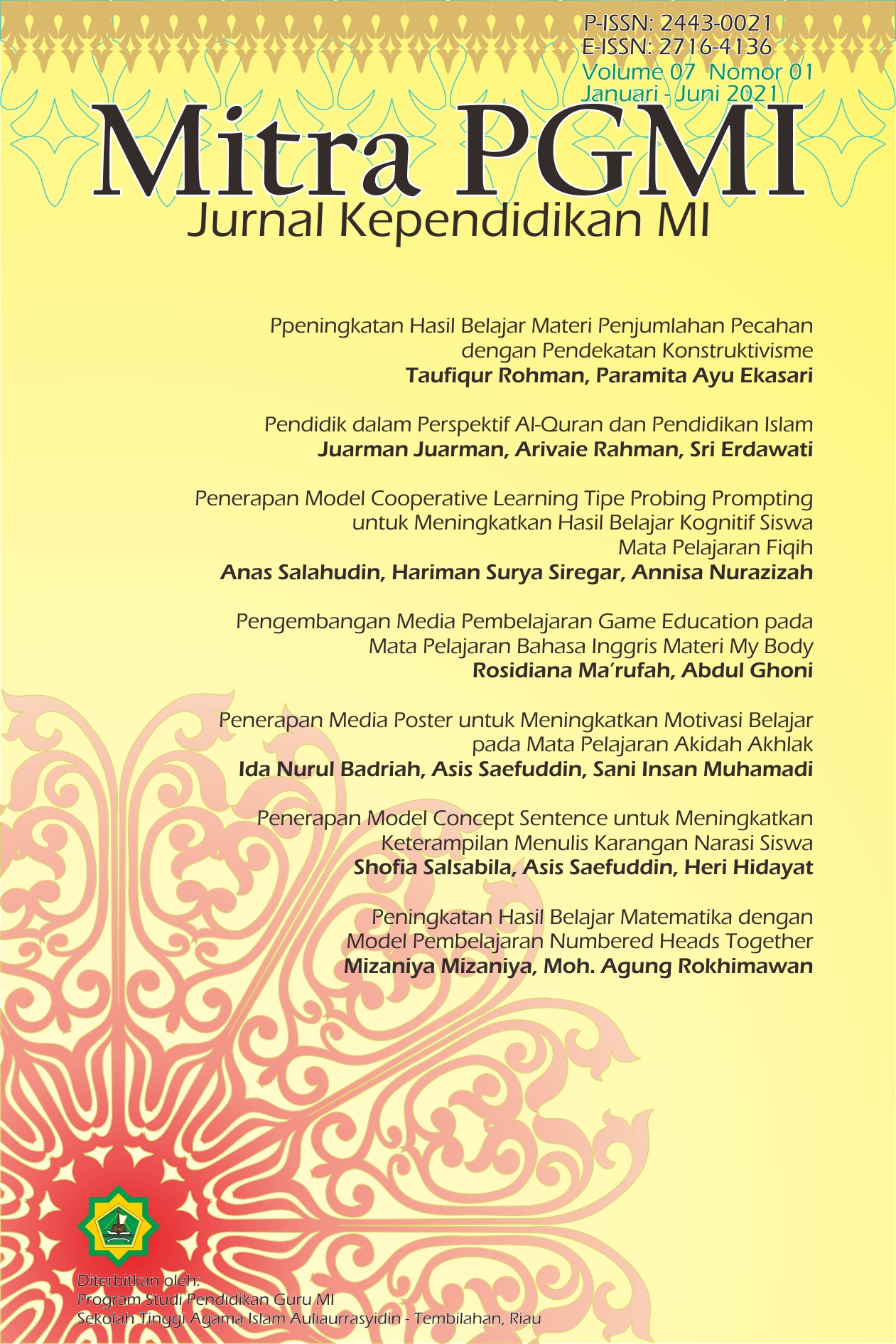
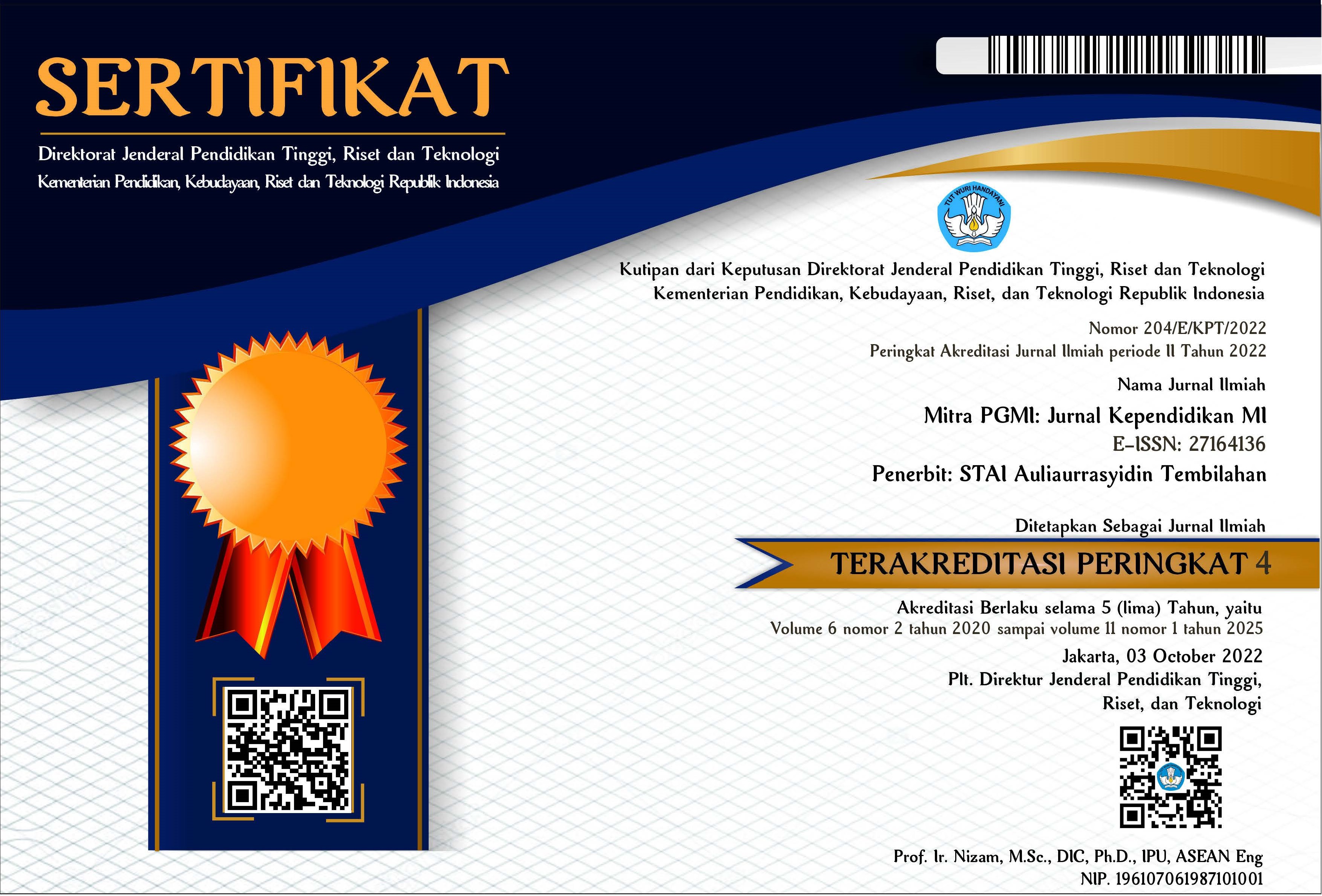
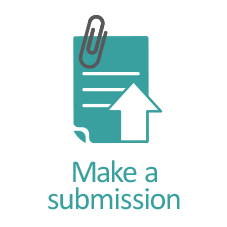
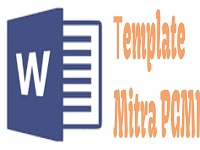

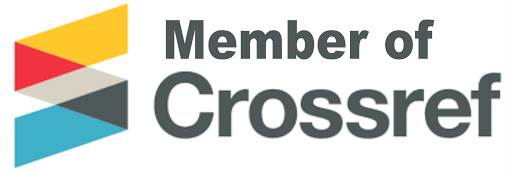

2.png)


